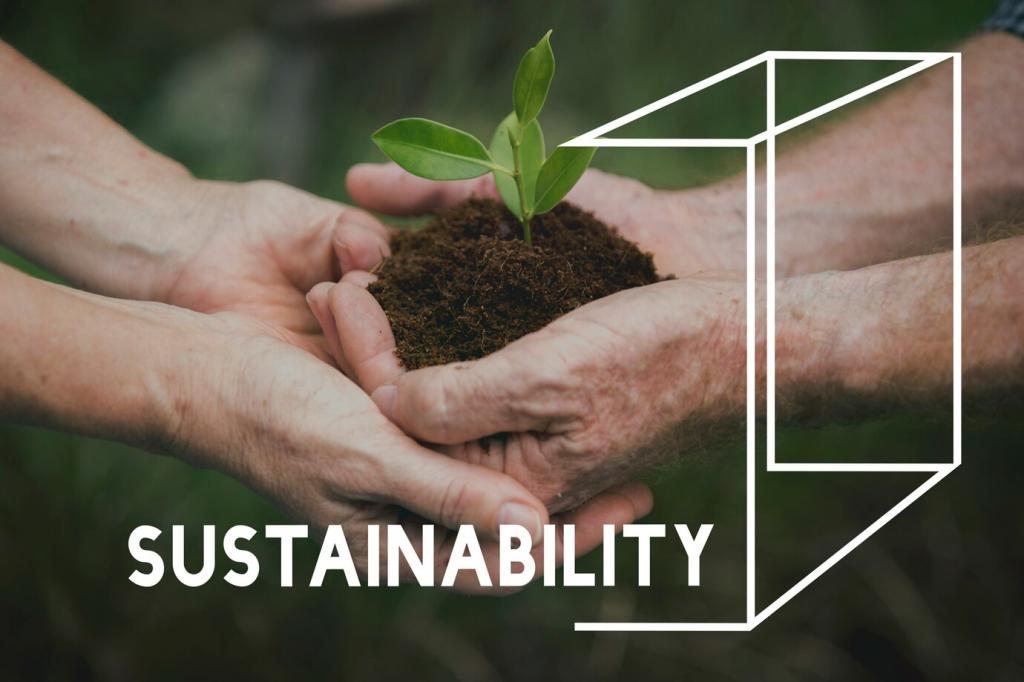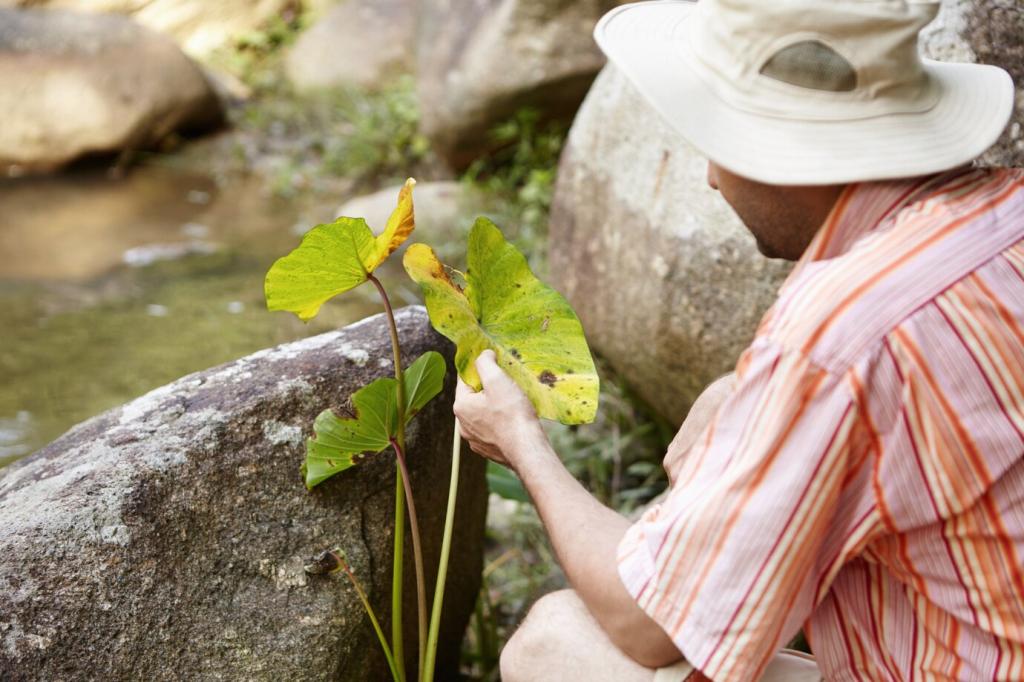Healthy Finishes: Paints, Plasters, and Oils
Not all low-VOC paints are equal. Ask for third-party emissions testing and ensure colorants are also low-VOC. Proper ventilation speeds curing and reduces odors. Tell us your favorite color stories, and we’ll share palettes that pair wellness with warmth, from misty greens to mineral-inspired neutrals.
Healthy Finishes: Paints, Plasters, and Oils
Limewash and clay plasters create velvety depth while buffering humidity and discouraging mold. They are repairable and age with soft, flattering patina. Want a softly layered bedroom or a matte kitchen backdrop? Describe your light conditions, and we’ll suggest application techniques and sealers that suit everyday life.








